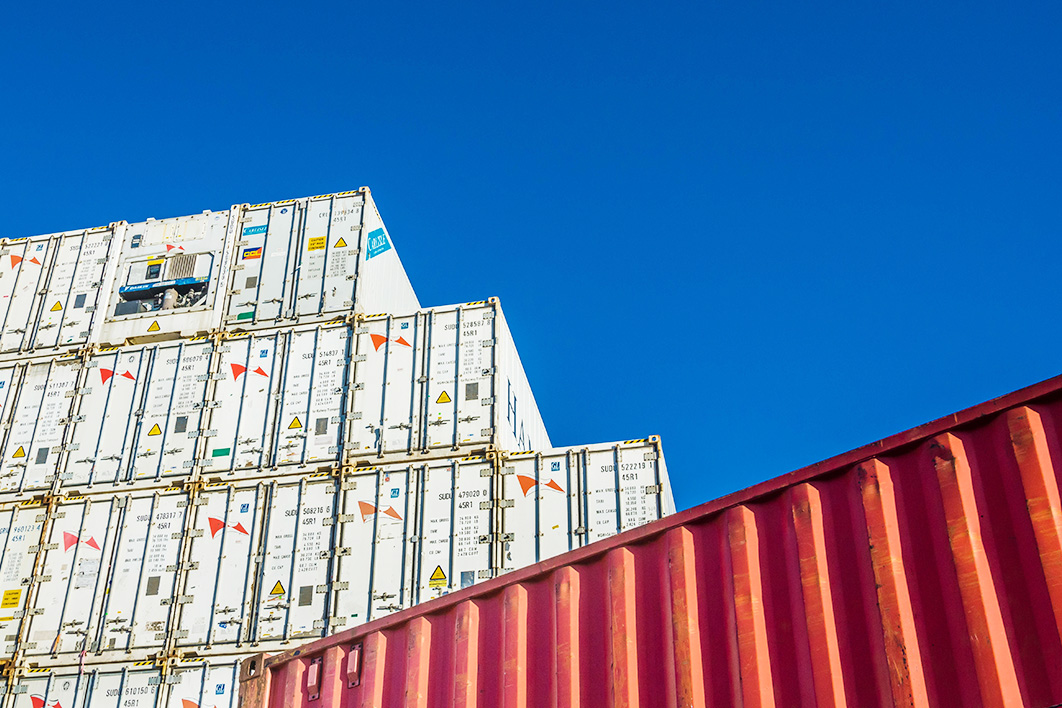Australians don’t care about consumers — at least, not as much as they care about workers. Surveys regularly show that a majority of us would be happy to pay more for goods and services if it meant more jobs for Australians. Recognising that consumers are workers, and workers are consumers, the view of most Australians can be summarised succinctly: what’s the point of cheap products if you don’t have a job?
This sentiment often comes up when we talk about more trade between countries, more competition between firms, and fresh advances in technology. All three reduce prices, which benefits the poorest consumers in our communities the most. But at what cost? If it means fewer jobs for Australians, Australians don’t see lower prices as being of much value.
This is a false trade-off. Not only do trade, competition and technology reduce prices for consumers (which means greater purchasing power for everyone), they also create jobs. This is not to say there are no losers: all three will destroy some people’s jobs. But history shows that they create jobs for other people and, most importantly, they create more jobs than they destroy. The real problem is politics. In advocating economic reforms, politicians neglect to mention that there will be losers from those reforms and, in doing so, make no plans to help them.
Take trade first. Trade has dramatically reduced prices for Australian consumers — audiovisual and computing equipment is 72 per cent cheaper thanks to trade, cars are 12 per cent cheaper, toys and games are 18 per cent cheaper, clothes are 14 per cent cheaper. But when it comes to the impact on workers, Australians are more suspicious.
They shouldn’t be. Research shows that Australia’s trade undoubtedly creates more jobs than it destroys. More importantly, the negative effect that imports can have on employment is weakening over time as more of the things we buy from overseas (mining equipment, IT equipment) are used in what we export (mining resources, education services).
These results are not surprising when trade is properly understood. Trade is about specialisation. It allows us to focus our finite resources (labour, capital, energy, materials) on producing the things we are good at (and that earn us the most money) while importing the rest. Focusing on the jobs lost from trade is to look at trade with one eye open. For every job lost in one area, more have been created in another.
Encouraging stronger competition between firms often attracts the same criticism. The idea is simple: industries protected from competition by government laws and regulations (domestic airlines, pharmacies, the medical profession, the legal profession, coastal shipping and many more) might charge higher prices for consumers, but at least their workers are safe from losing their jobs through cut-throat competition.
Again, the research shows this is completely backwards. Economic theory suggests that stronger competition means increased productivity and more businesses competing to attract workers, both of which result in higher wages and better conditions. And this is what we see in the data. Industries that lack competition not only inflict higher markups on consumers, they also treat workers terribly: they pay them less, are more likely to form anti-worker cartels and push down the share of national income going to wages. Paul Keating’s competition reforms substantially reduced prices — they made electricity 19 per cent cheaper, telecommunications 20 per cent cheaper and milk 5 per cent cheaper — and created more jobs as the reforms took effect.
Technology is the most controversial of the three alleged job-destroyers. By producing cheaper goods, automation has dramatically reduced the cost of living for the most vulnerable. But warnings about its effect on employment have been dire. Up to five million Australian workers might need to find new jobs, according to McKinsey. These aren’t just forecasts, either. The number of workers needed to make a car has fallen from eighty-four during the time of Henry Ford to just a handful in the time of Elon Musk, thanks primarily to automation.
But, again, this is a one-sided view. Advances in technology have created jobs and industries that Henry Ford could never have imagined. The long view of history shows that the disruptions caused by advances in technology have created more jobs than they’ve destroyed. In Australia, despite significant increases in all the things commonly believed to destroy jobs — trade, competition and technology, as well as immigration, population growth and foreign investment — both employment and workforce participation have trended upwards as a percentage of the population over the longer-term.
So why are Australians so glum about trade, competition and technology? Behavioural economics suggests a few theories. Topping the list are loss aversion, status quo bias and the identifiable-victim effect. Studies show that people get a greater benefit from not losing something than they got from gaining that thing in the first place; that people have a bias towards the status quo; and that people respond more strongly to a person clearly harmed by an action (for example, the unemployed worker on the TV news) than to a large but invisible group that benefited (for example, consumers).
Politicians know this. So, when they set about selling a reform that has both winners and losers, it’s easier to lie. They sell trade as “boosting Aussie exports” and “opening markets overseas,” and they sell technology as “the most exciting time to be an Australian,” because that way there are no losers. The problem is that there are losers from trade, competition and technological change, and pretending this is not the case prevents politicians for developing the supports and compensation those people need.
The result is exactly what we have today: a patchwork of weak state and federal policies on retraining and reskilling, inadequate and poorly targeted safety nets and a constant demonisation of the unemployed. It’s only when we accept the facts about trade, competition and technology that we can have an informed pubic conversation about how to manage their costs and benefits. •




